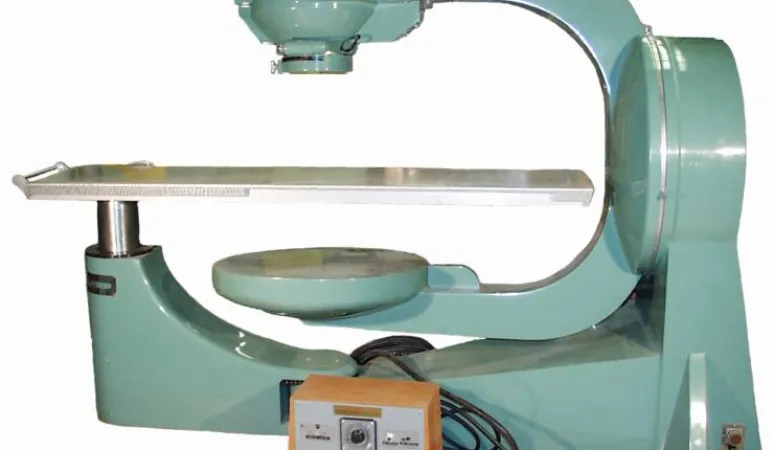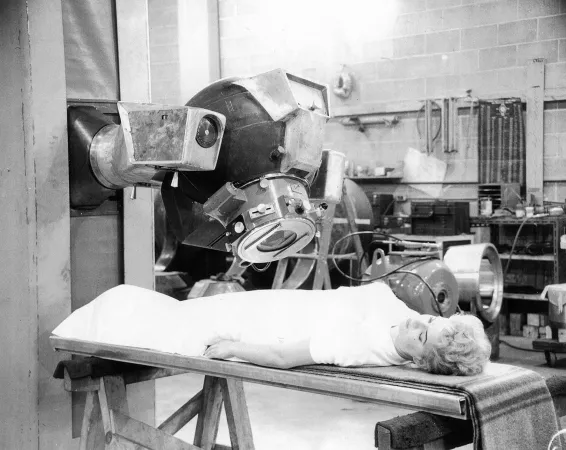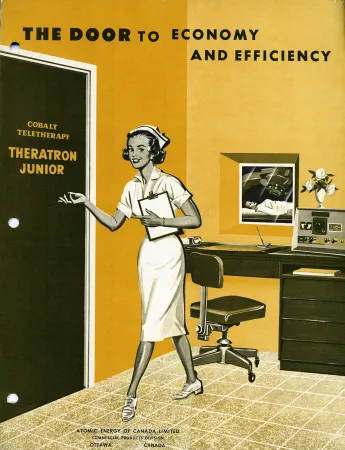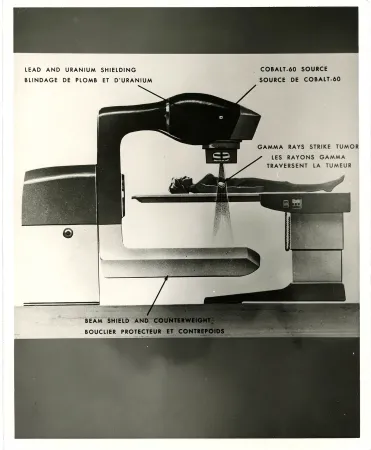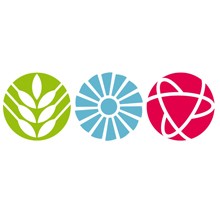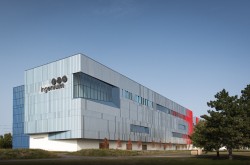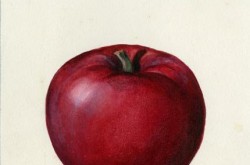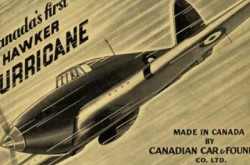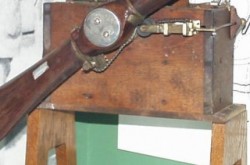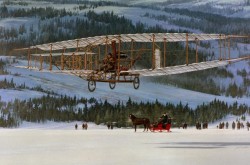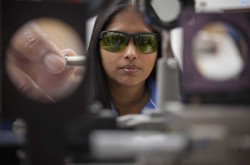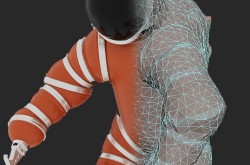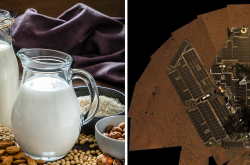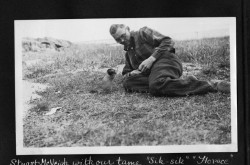Blasting tumours, building an atomic nation
This article was originally written and submitted as part of a Canada 150 Project, the Innovation Storybook, to crowdsource stories of Canadian innovation with partners across Canada. The content has since been migrated to Ingenium’s Channel, a digital hub featuring curated content related to science, technology and innovation.
The Theratron Junior marks the development of Canadian expertise in nuclear medicine, a field that quickly emerged after the Second World War. Canadian scientists had gained nuclear experience during the wartime Manhattan Project, which produced the world’s first atomic weapons. Turning to peacetime medicine, researchers at Victoria Hospital in London, Ontario, and at the University of Saskatchewan in Saskatoon separately developed Cobalt 60 technology, creating machines that killed cancerous cells with precise bursts of radiation.
First commercialized by Eldorado Mining and Refining Ltd, Cobalt 60 machines were later produced by Atomic Energy of Canada Ltd (AECL), a Crown corporation established in 1952 to direct Canada’s nuclear program. AECL produced the Theratron and introduced the Theratron Junior in 1956. Simpler than the Theratron, the Junior was marketed to smaller hospitals and developing countries. It featured a built-in patient couch and rotating head that helped medical staff target tumours. The Theratron Junior was also painted in a calming, therapeutic colour, “Sea Foam Green.” Such products helped AECL become a world leader in commercial nuclear technology and supported Canada’s advocacy for peaceful uses of nuclear power.
The name Theratron is a combination of therapy and -tron, a Greek suffix that means instrument. This Theratron Junior (serial no. 15) treated cancer patients at Our Lady of Lourdes Memorial Hospital in Binghamton, New York, between 1956 and 1969.
Transcript
What is the difference between natural and man-made radiation and where do they come from? What do popcorn and uranium have in common? Join the Canada Science and Technology Museum and Canadian Nuclear Laboratories as we explore radioactive materials, everyday irradiated objects and how radiation can be used to save lives.



